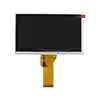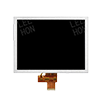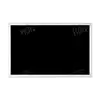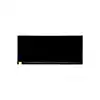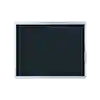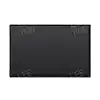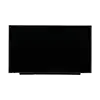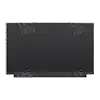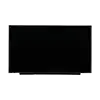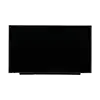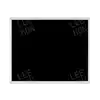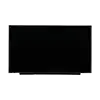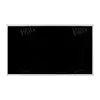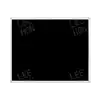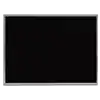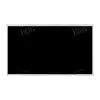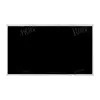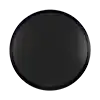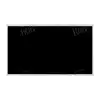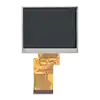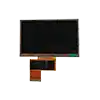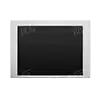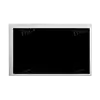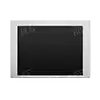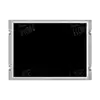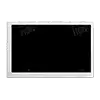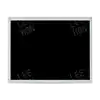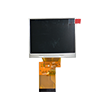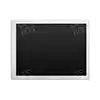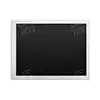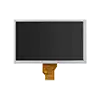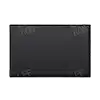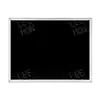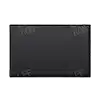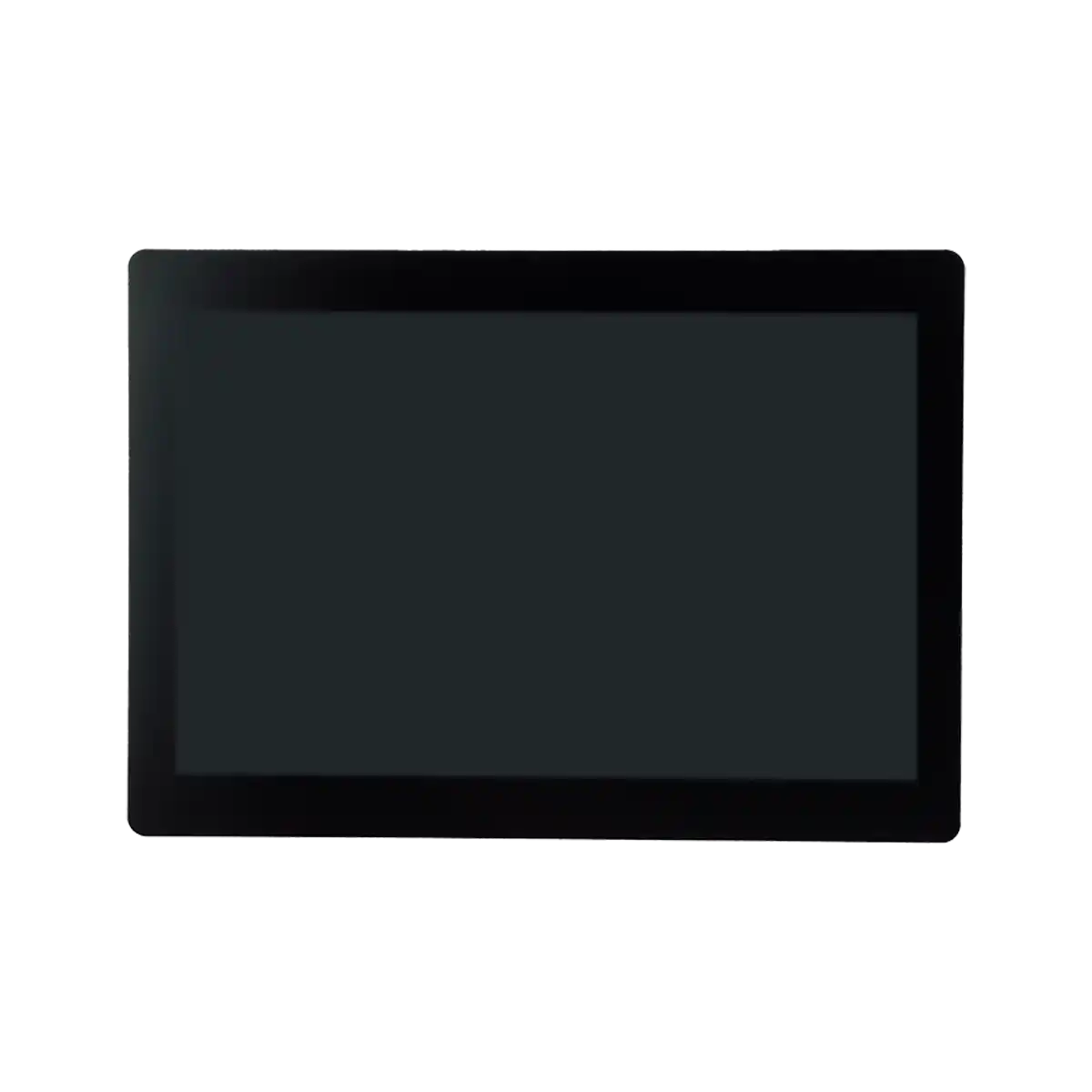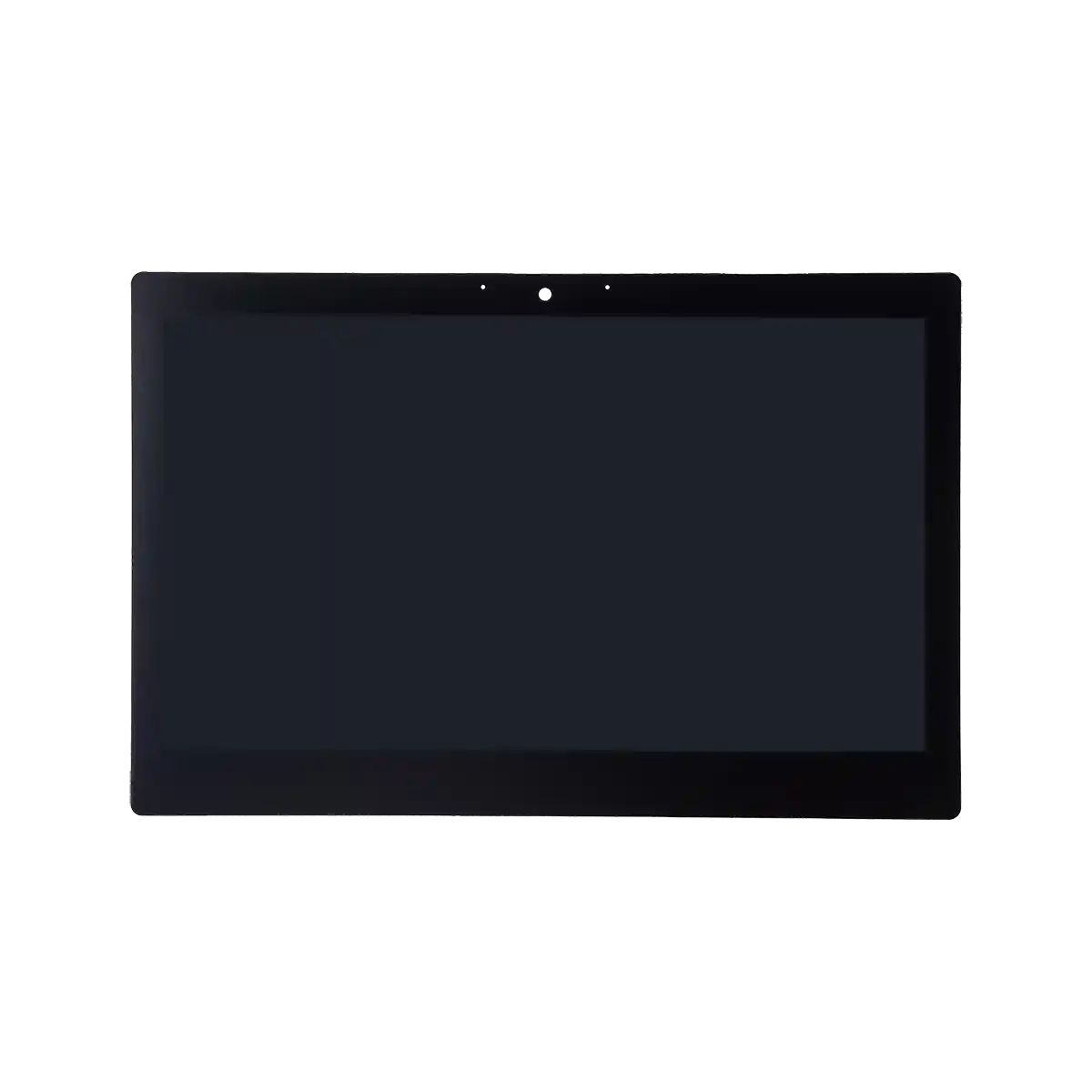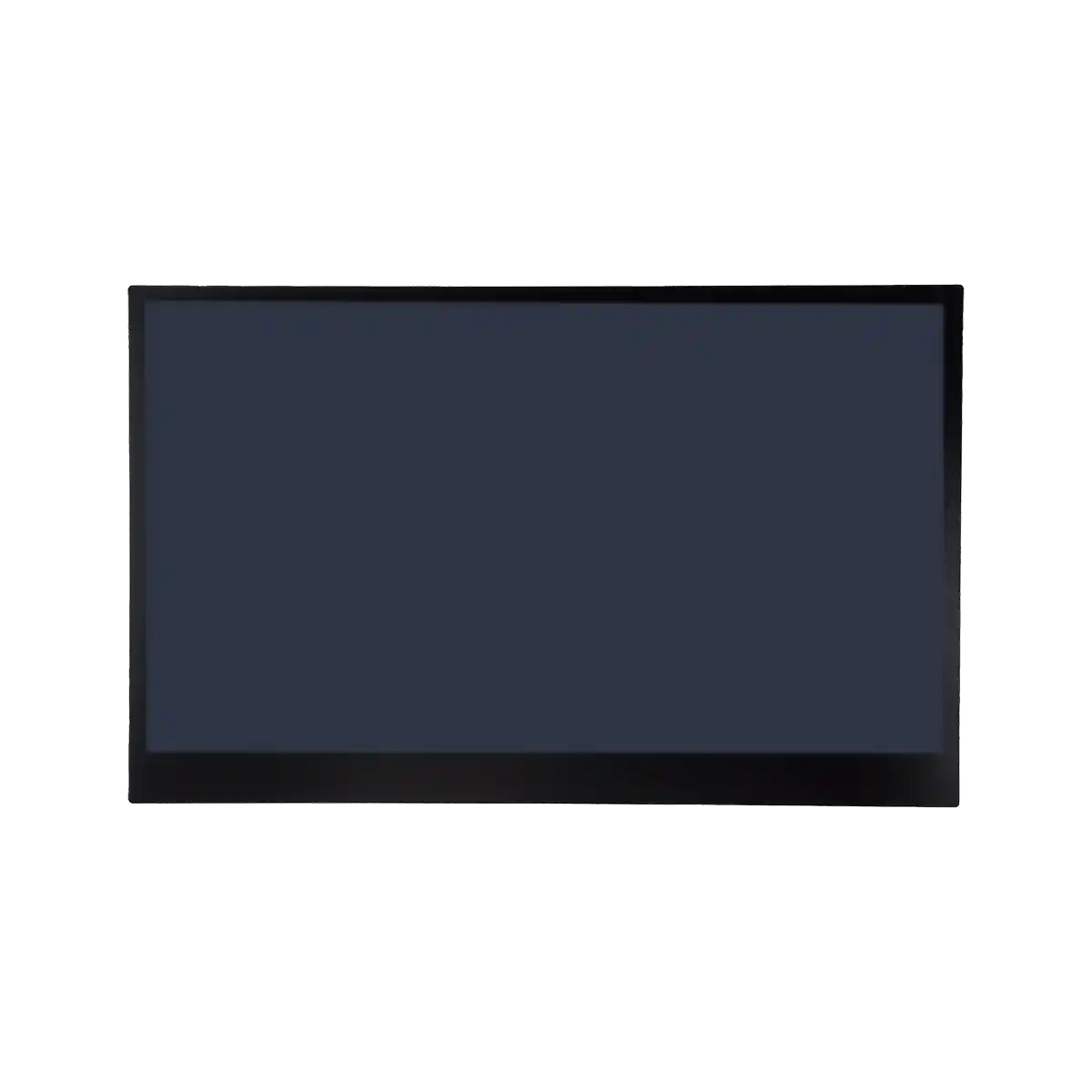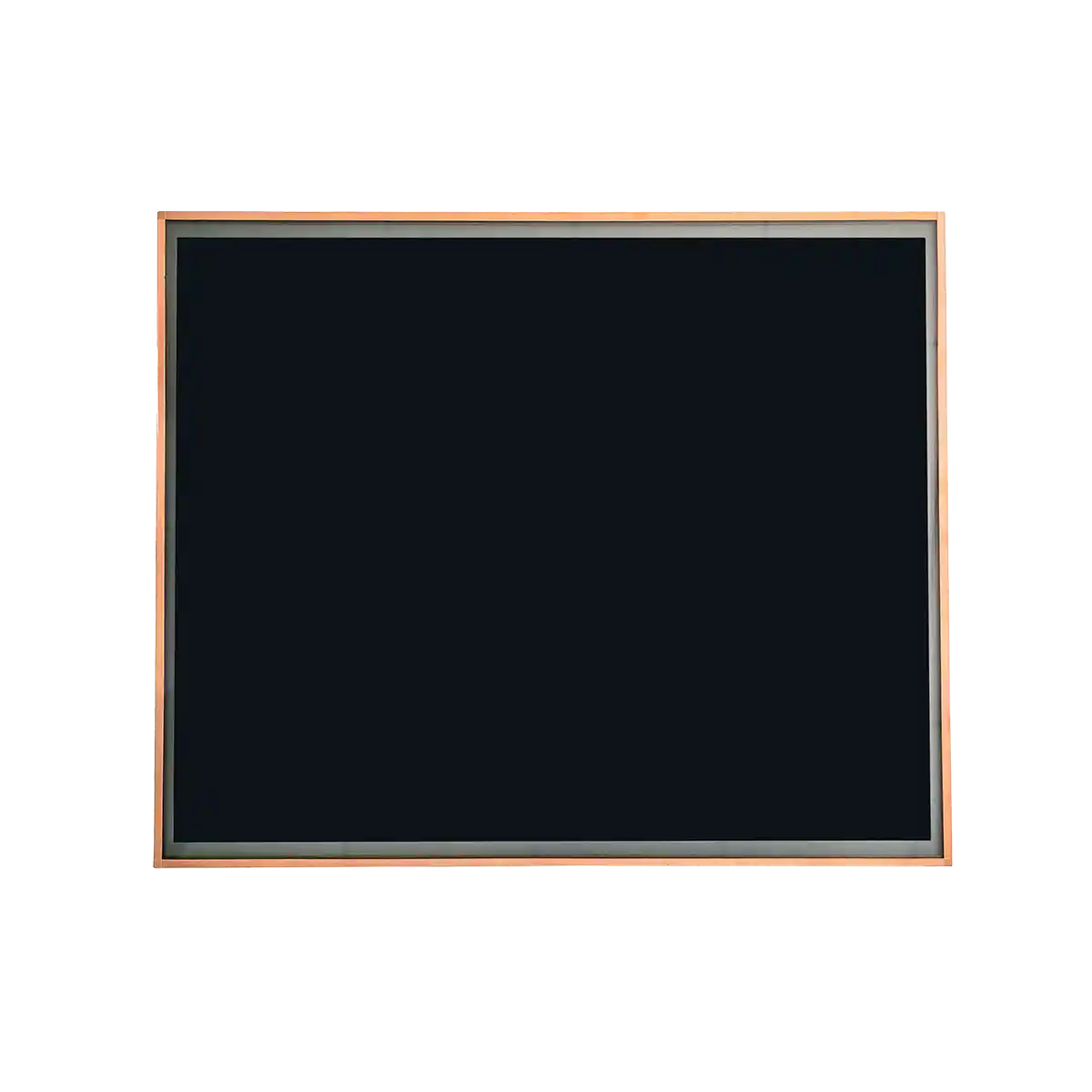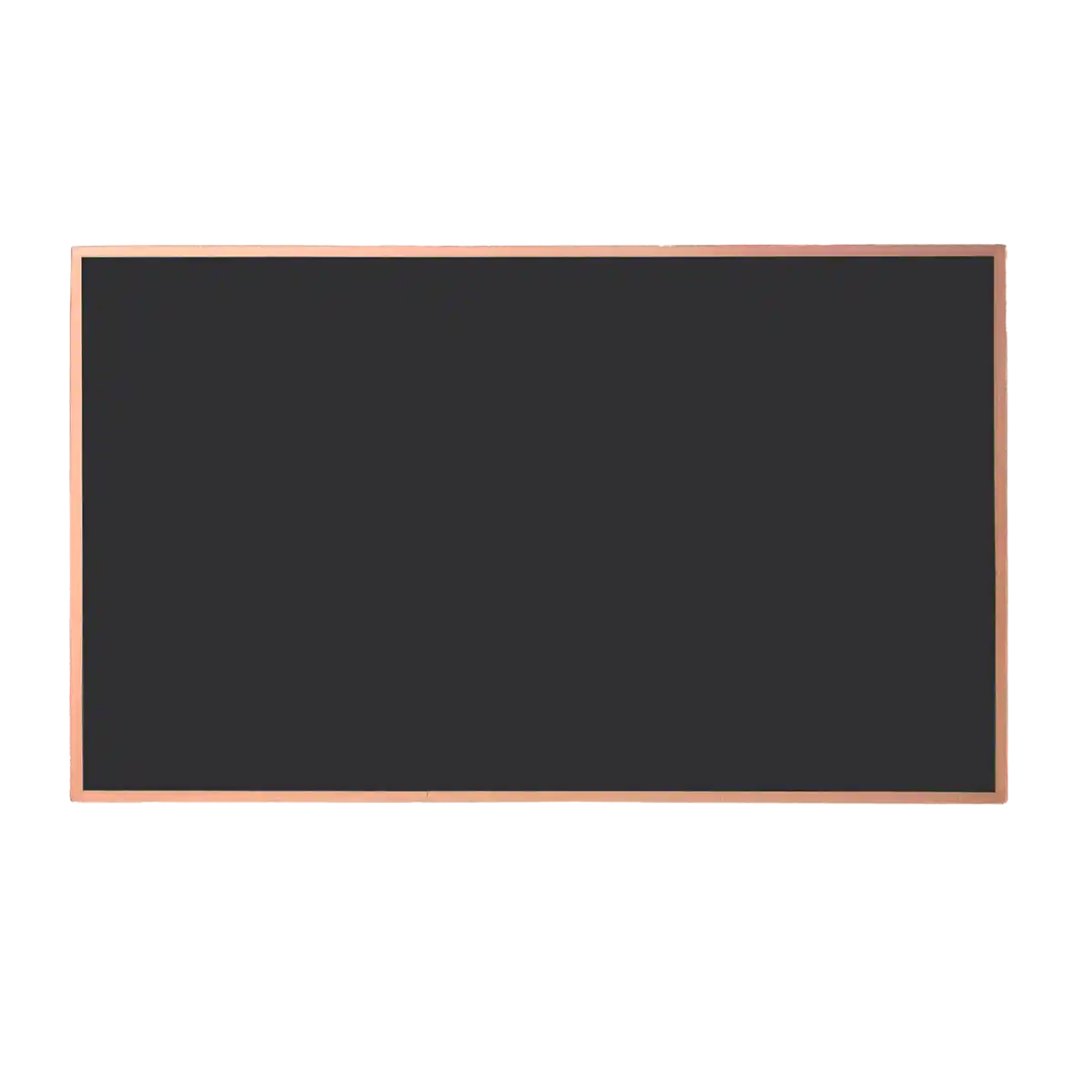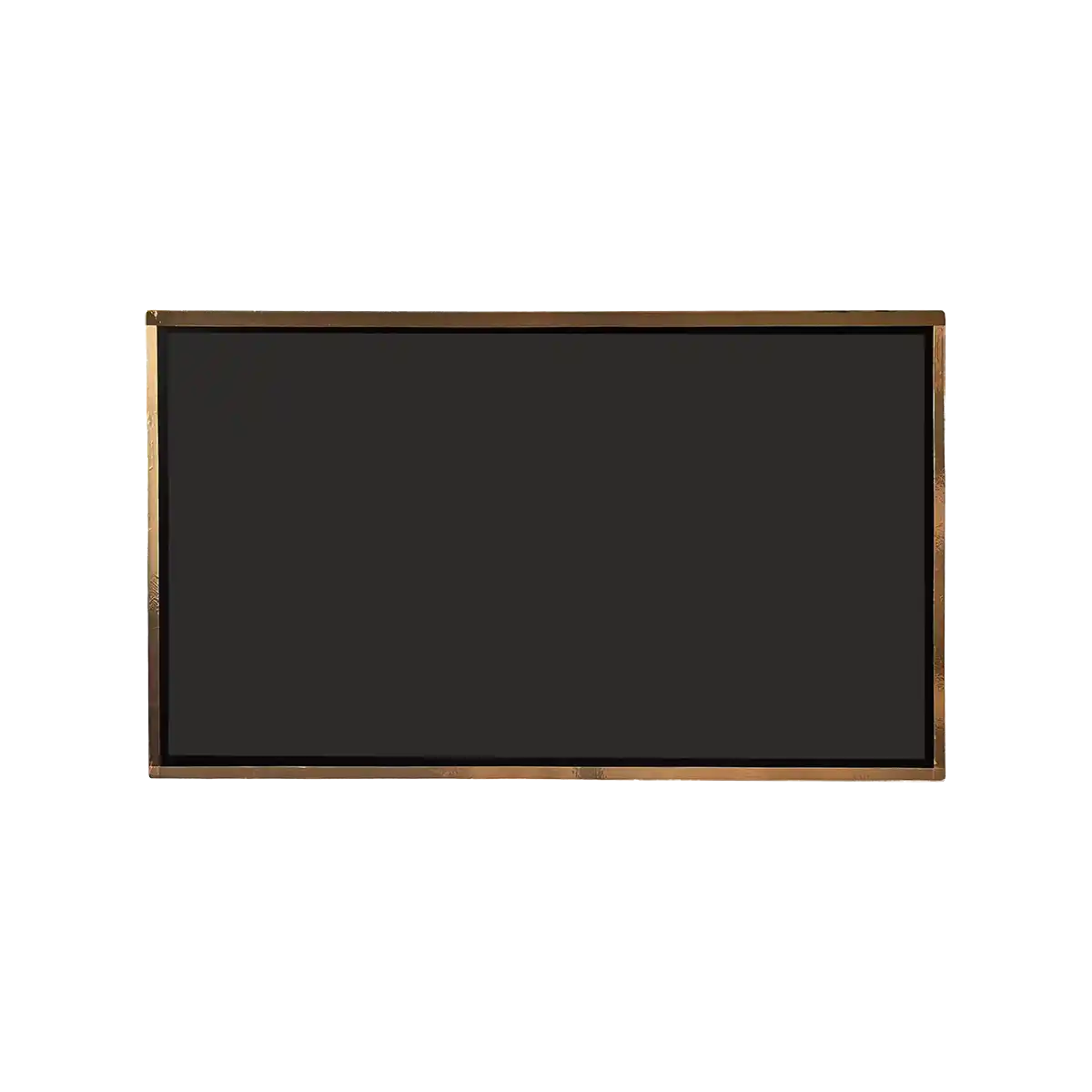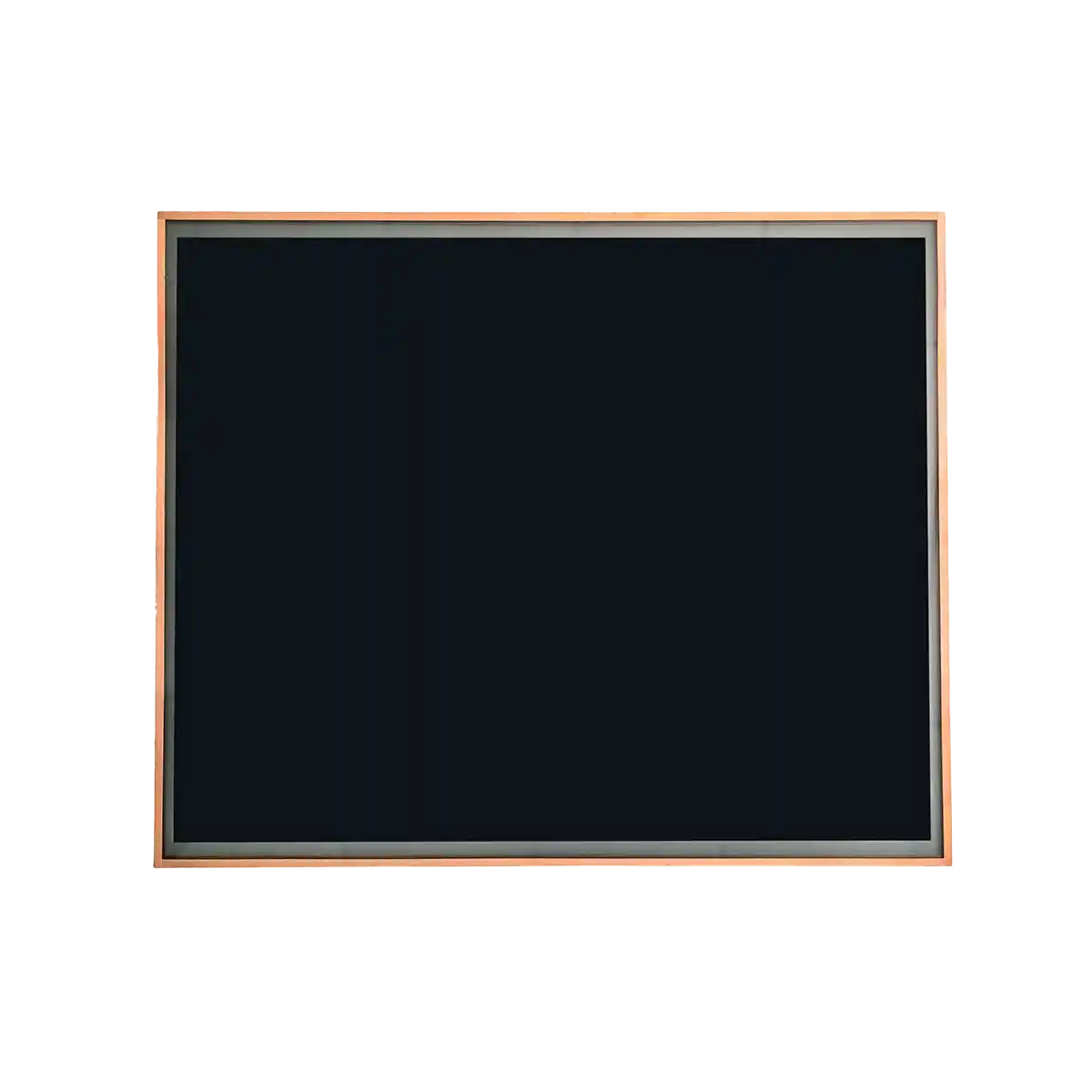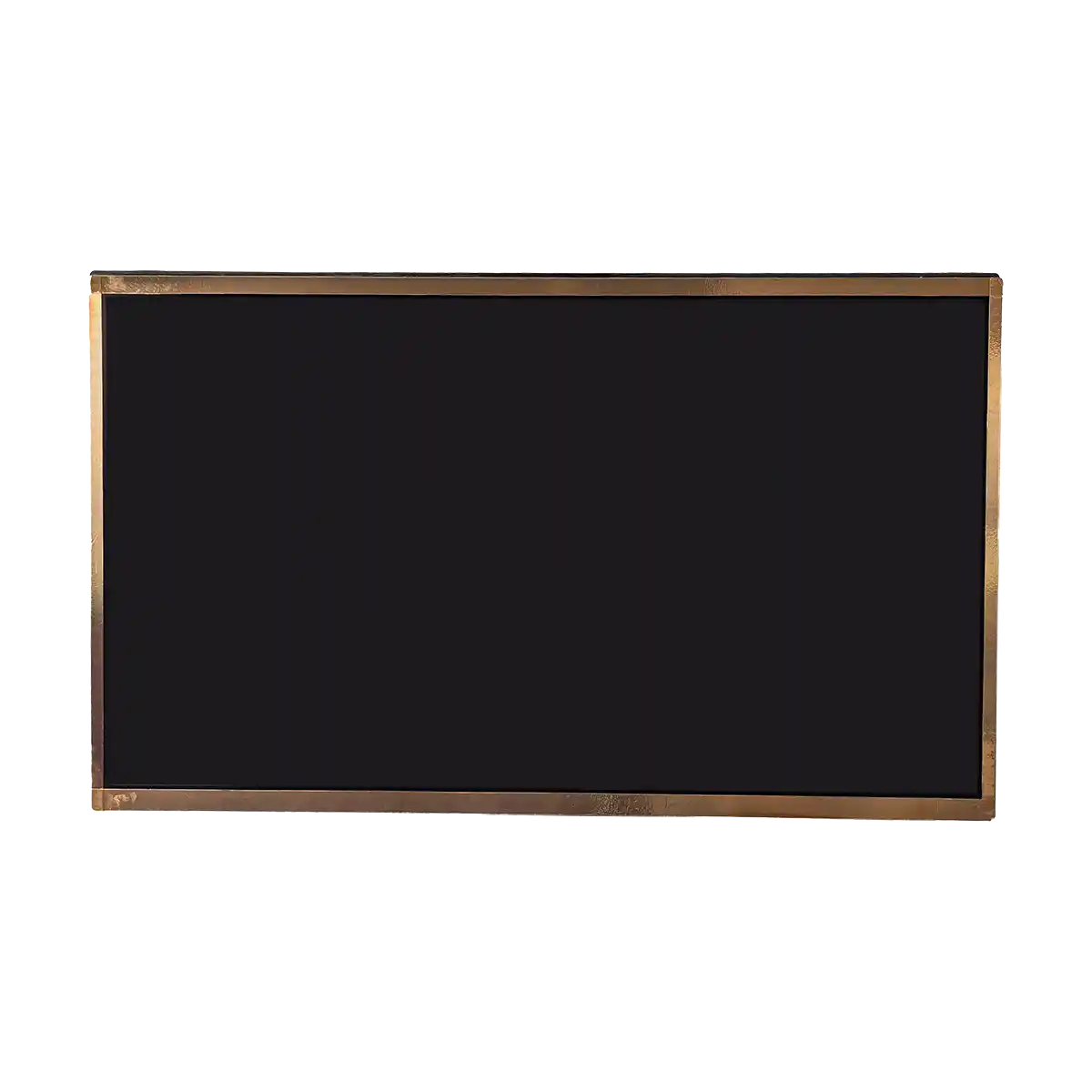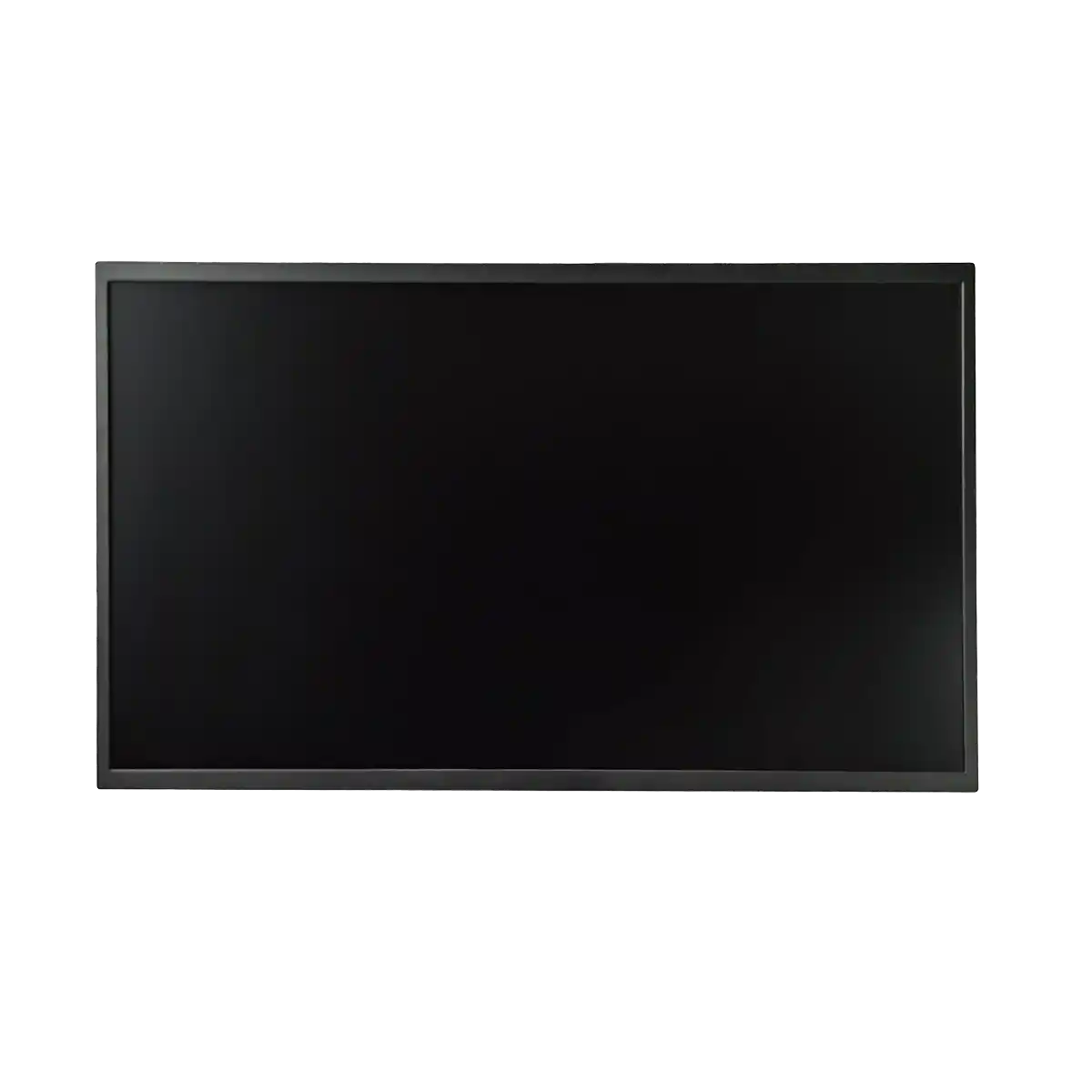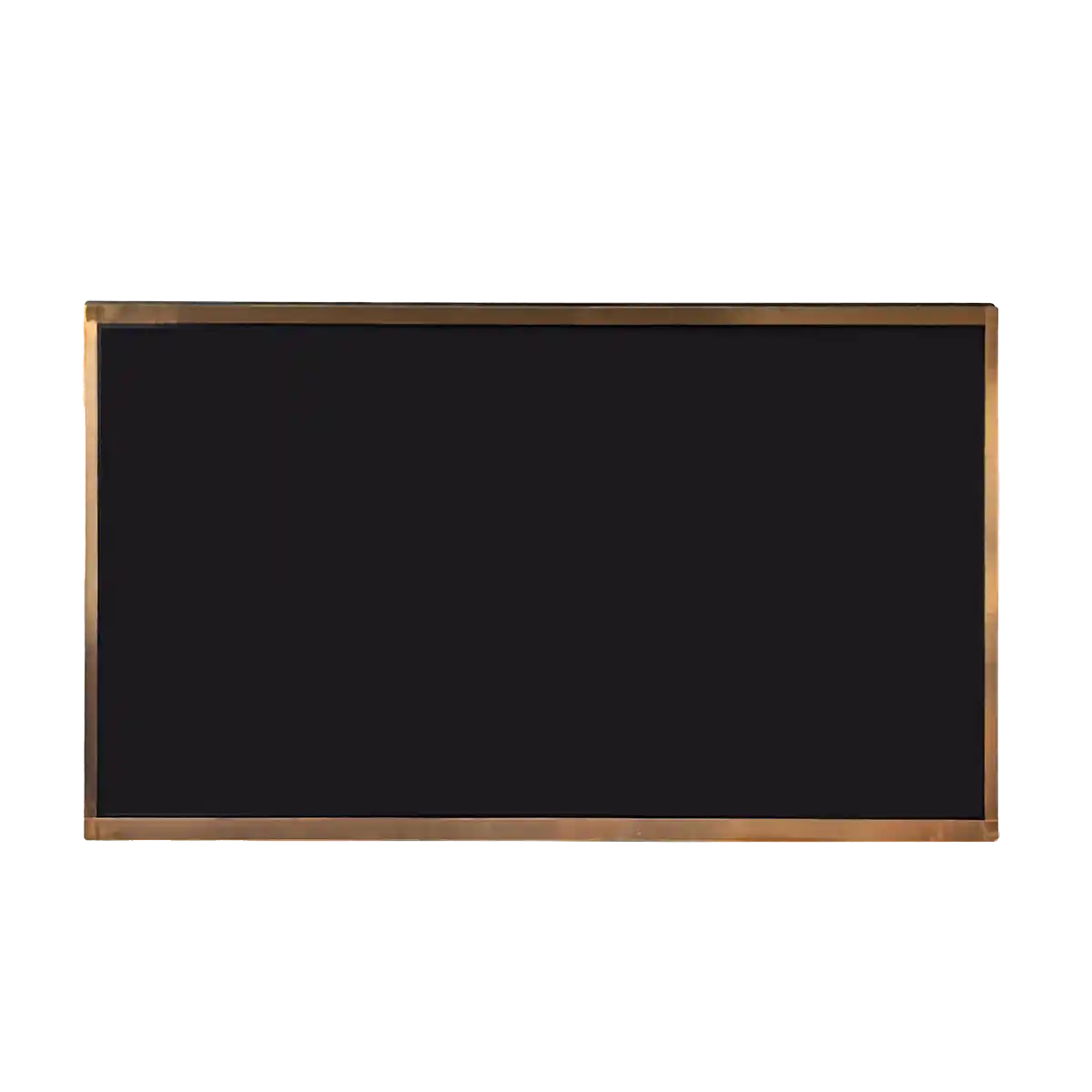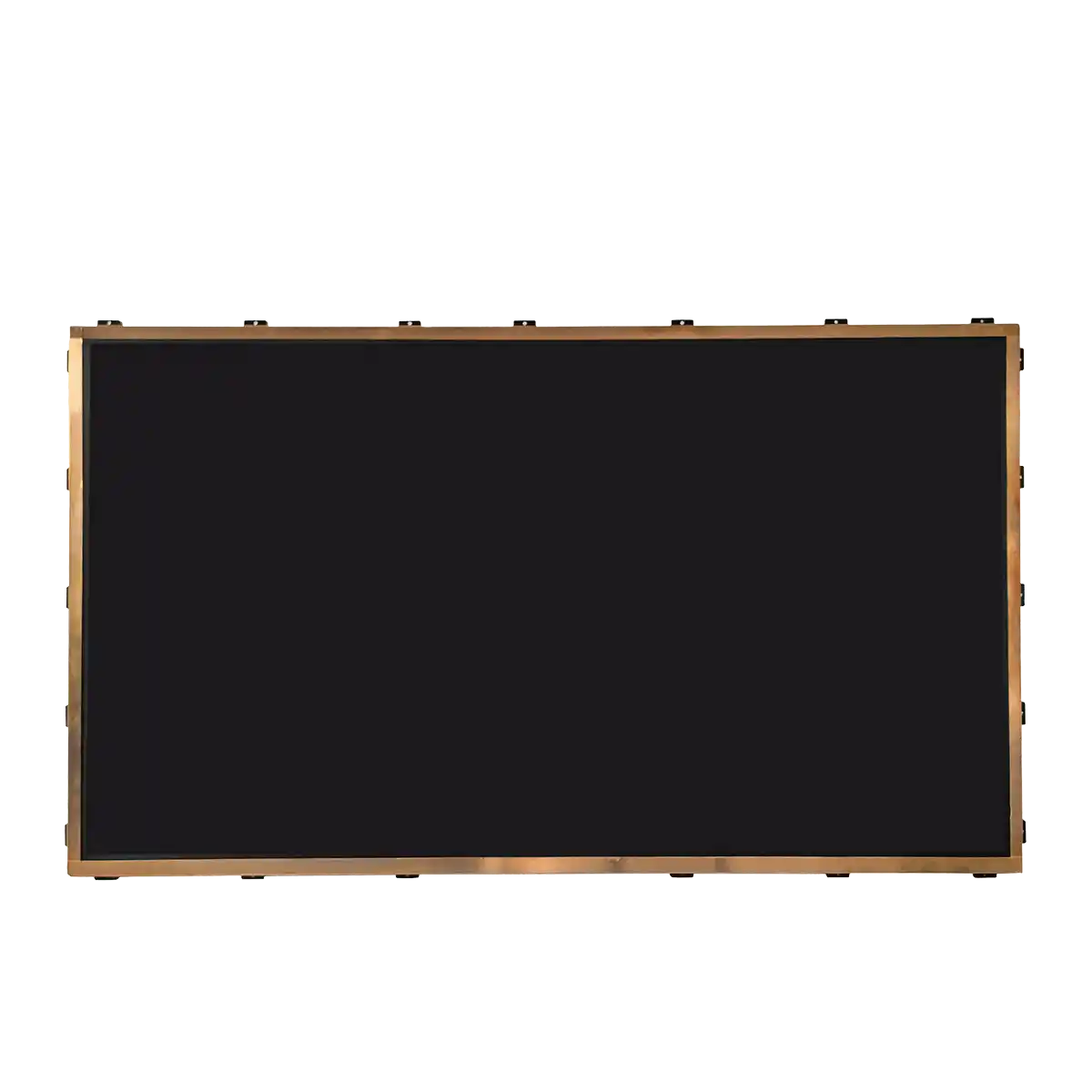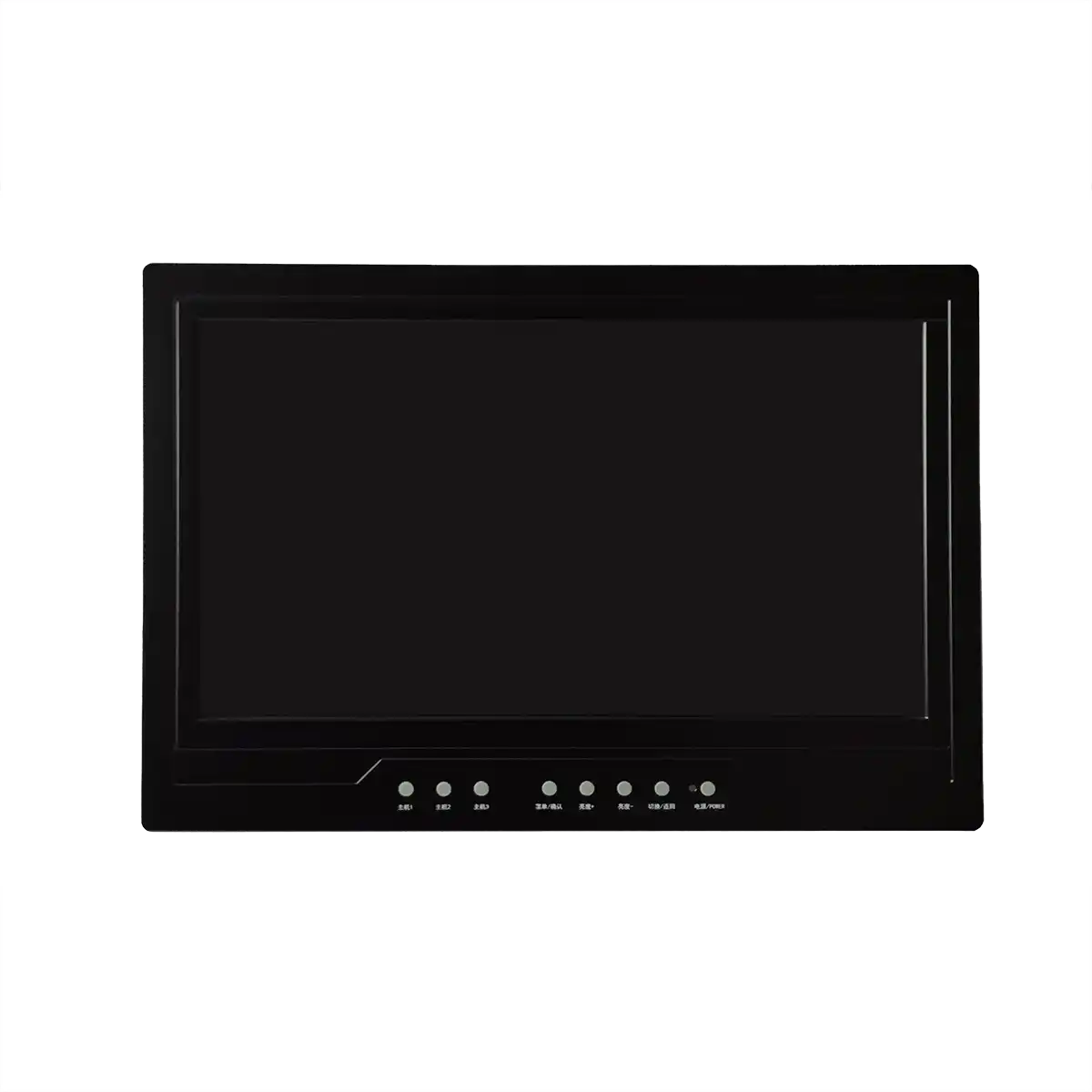The Role of Protective Coatings in Industrial LCD Screen Durability
Introduction
Industrial LCD screens, or Liquid Crystal Display screens, are ubiquitous in the modern industrial landscape, serving as the interface for a myriad of machines and systems. These screens are designed to withstand the rigors of industrial environments, which often include exposure to dust, moisture, extreme temperatures, and physical impacts. The durability of these screens is paramount, as their failure can lead to significant downtime and financial losses. Enter protective coatings, a critical component in ensuring the longevity and reliability of industrial LCD screens.
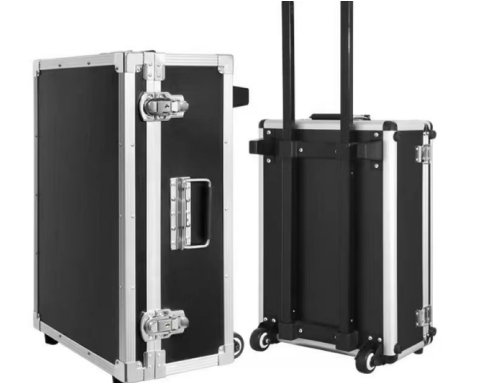
Body
Protective coatings for industrial LCD screens are specialized materials applied to the surface of the display to enhance its resistance to various environmental factors. These coatings serve multiple purposes, including:
1. Abrasion Resistance: Industrial environments are often harsh, with the potential for physical contact that can scratch or damage the screen. Abrasion-resistant coatings are designed to minimize such damage, using materials such as polyurethane or silicone-based polymers that offer a high level of hardness and resilience.
2. Chemical Resistance: Chemicals, including cleaning agents and industrial fluids, can corrode or degrade the screen's surface over time. Protective coatings with chemical resistance properties prevent such degradation, maintaining the integrity and clarity of the display.
3. Optical Clarity: While providing protection, these coatings must also maintain the optical clarity of the LCD screen. Anti-reflective coatings can be applied to reduce glare and improve visibility under various lighting conditions, ensuring that the screen remains readable and functional.
4. Anti-Microbial Properties: In environments where hygiene is a concern, such as in food processing or healthcare, anti-microbial coatings can prevent the growth of bacteria and fungi on the screen's surface.
5. Thermal Stability: Industrial LCD screens may be subjected to wide temperature fluctuations. Protective coatings with thermal stability ensure that the screen operates effectively and without damage across a broad temperature range.
6. Electromagnetic Interference (EMI) Shielding: In environments with high levels of electromagnetic activity, EMI shielding coatings can protect the screen from interference that could affect its performance.
Each of these properties is achieved through careful selection of materials and application techniques. The coatings are often applied in a multi-layer process, with each layer serving a specific protective function while also ensuring that the overall thickness does not interfere with the screen's operation.
Conclusion
The application of protective coatings is essential for the durability and performance of industrial LCD screens. These coatings provide a shield against the myriad of challenges faced in industrial settings, from physical impacts to chemical exposure. By understanding the specific needs of the environment in which the screen will be used, manufacturers can select the appropriate coatings to ensure that the LCD screen remains a reliable and durable component of the industrial machinery.
Expansion
As technology advances, so too do the capabilities of protective coatings. Emerging trends in this field include the development of self-healing coatings that can repair minor scratches autonomously and nanotechnology-based coatings that offer enhanced durability and resistance properties. Additionally, there is a growing focus on environmentally friendly coatings that reduce the ecological footprint of industrial applications.
Furthermore, the integration of smart coatings that can adapt to changing conditions, such as temperature-sensitive materials that alter their properties in response to heat, is an area of active research. These smart coatings could provide an additional layer of protection, ensuring that industrial LCD screens remain at the forefront of durability and reliability.
In conclusion, protective coatings are not just a one-time application but a dynamic field of study that continues to evolve, ensuring that industrial LCD screens can meet the ever-increasing demands of modern industry. As these coatings become more sophisticated, so too will the resilience and longevity of the screens they protect.
Recommended Articles
-
Hangzhou LEEHON Technology supplies BOE GT080X0M-N12: High quality 7-inch TFT-LCD module solution
2024-09-14 -
How to Check for Issues in Industrial LCD Panels
2024-09-11 -
How does an LCD screen find individual pixels?
2024-09-11 -
What is the difference between eDP and LVDS?
2024-09-11 -
In-depth analysis of the development of automotive display technology
2024-09-10

